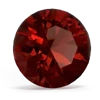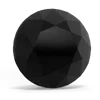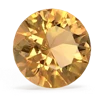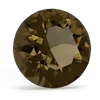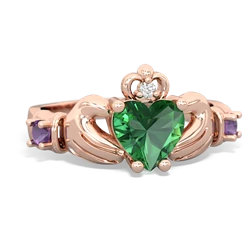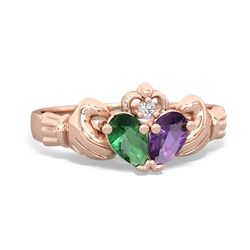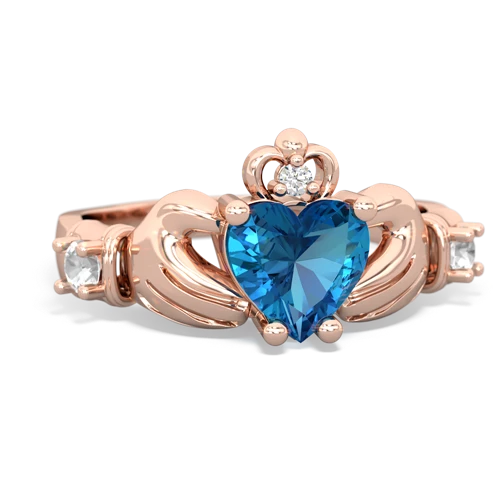
- 6 x 6 mm Heart
- 0.70 carats
- AA Quality
- eye-clean
- Origin: Japan

- 2.5 x 2.5 mm Round
- 0.10 carats
- AA Quality
- eye-clean
- Origin: Africa

- 2.5 x 2.5 mm Round
- 0.10 carats
- AA Quality
- eye-clean
- Origin: Brazil

